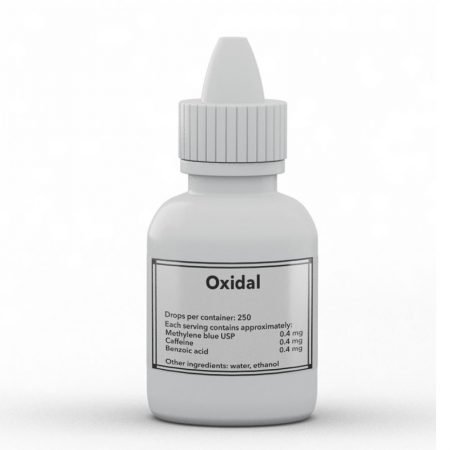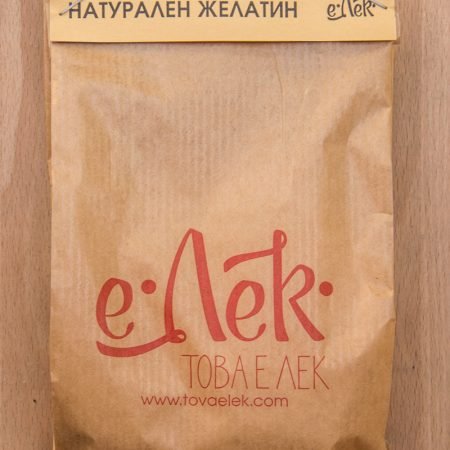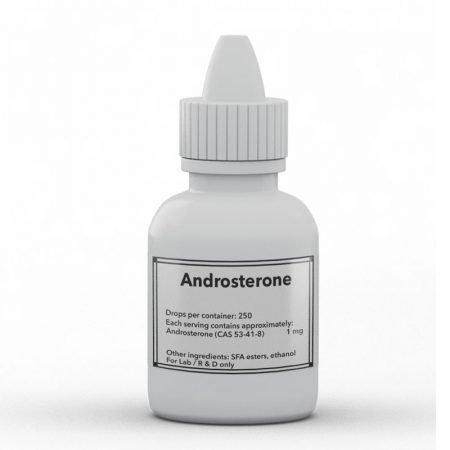PUFA директно причинява SARS-COVID и при повечето хора тази болест може да е симптом на повишени серумни нива PUFA в кръвта и тяхната пероксидация
https://www.ncbi.nlm.nih.gov/pubmed/8674324
https://www.ncbi.nlm.nih.gov/pubmed/8605795
Коментара на Haidut e:
Вирусът със сигурност играе улесняваща роля, тъй като присъствието му в кръвния поток задейства реакцията на стрес (HPA ос) и по този начин повишаване на FFA. Въпреки това, дали човек ще развие COVID-19 / SARS или не, изглежда до голяма степен се определя от количеството на PUFA в кръвта и тяхните нива на пероксидация (най-вече се определя от витамин Е статусa). Така отново имаме ситуация, в която фокусът на медицината е върху грешния „враг“. В този случай вирус – сложен и неуловим враг – докато в действителност това не е самият вирус, а метаболитен статус и липиден състав на мастните запаси, които са истинските определящи фактори дали пациентът ще развие COVID-19 / SARS или не. Както показа проучването, ARDS (друго име за COVID-19 / SARS) успешно се лекува с lisofylline – съединение, което понижава нивата на серумните PUFA. Тези открития предполагат доста прост и безопасен начин да се предотврати развитието на COVID-SARS (и потенциално да се лекува) дори при уязвими пациенти – прилагане на ниацинамид за контрол на прекомерната липолиза (и по този начин поддържа ниските нива на FFA ниски) и витамин Е за поддържане на липидната пероксидация под контрол. В допълнение, просто така се случва, че вече е доказано, че витамин Е подобрява имунитета при възрастни хора и предотвратява / лекува пневмония. Добавянето на малко аспирин вероятно ще увеличи допълнително ползите, тъй като аспиринът има директен антивирусен ефект, в допълнение към антилиполитичните и блокиращи ефекти на FAO.
https://www.ncbi.nlm.nih.gov/pubmed/8605795
“…During intensive care treatment, in patients with ARDS …there was usually an increase in plasma 4-hydroxy-2-nonenal values, one of its specific peroxidation products, suggestive of severe oxidative stress leading to molecular damage to lipids.”
https://www.ncbi.nlm.nih.gov/pubmed/8674324
“…MEASUREMENTS AND MAIN RESULTS: We measured the serum free fatty acid concentrations in the 39 healthy control subjects, and then we prospectively examined the serum free fatty acid concentrations in 30 age-matched patients in samples obtained within 24 hrs from the onset of sepsis, trauma, or development of ARDS. We then prospectively studied eight septic, at-risk patients who were matched for age, Acute Physiology and Chronic Health Evaluation II scores, Multiple Organ Failure index, and Glasgow Coma Score, in a double-blind, placebo-controlled, pilot study. These patients included four patients who received no treatment and four patients who received lisofylline, a compound that decreases serum unsaturated free fatty acids and diminishes acute lung injury in animals caused by sepsis and/or trauma. The calculated ratios of serum free fatty acids (Le., the ratio of C18 unsaturated fatty acids linoleate and oleate to fully saturated palmitate, C16:0) increased and predicted the development of ARDS in at-risk patients. Serum samples from the 30 patients, obtained within 24 hrs from the onset of sepsis, trauma, or development of ARDS, had significantly increased mean acyl chain ratios (1.42 +/- 0.35 [SD]) compared with healthy control subjects (0.86 +/- 0.25; p < .01). Sera from 13 patients with sepsis or trauma who did not develop ARDS (group A [at-risk, non-pre-ARDS]) also had increased acyl ratios (1.23 +/- 0.27) compared with sera from healthy control subjects (0.86 +/- 0.25; p < .01). Sera from seven patients who subsequently developed ARDS (group B [at-risk, pre-ARDS]) had higher acyl ratios (1.70 +/- 0.21) than group A at-risk patients who did not develop ARDS (1.23 +/- 0.27; p < .01) or healthy control subjects (0.86 +/- 0.25; p < .001). Sera from ten group C patients with ARDS at the time of admission to the study had the highest acyl ratios (1.80 +/- 0.75), which exceeded values for healthy control subjects (p < .001) and group A at-risk patients without ARDS (p = .01), but were not significantly different then group B at-risk, pre-ARDS patients (p = .17). Prospective study of eight septic, at-risk patients demonstrated significantly (p < .05) increased serum acyl ratios in the four untreated patients (findings consistent with the first study) but a significantly (p = .02) reduced ratio in the four at-risk patients treated with lisofyline. CONCLUSIONS: Increases in unsaturated serum acyl chain ratios differentiate between healthy and seriously iII patients, and identify those patients likely to develop ARDS. Thus, the serum acyl ratio may not only prospectively identify and facilitate the assessment of new treatments in patients at highest risk for developing ARDS, but may also lead to new insights about the pathogenesis of ARDS.”
От личнаа ни кореспонденция:
Аспирин , ниацинамид и особенно Пирочет , са идеални като превантивна мярка дори лечение, а и разбира се methyl-GBB.
Оxidal директно убива вируса, а аспиринан, никотинамид и пиручет пречат да се развие тежка форма на болестта.
Така , комбинации 2-3 капки Оксидал и малко аспирин е най-безобидното лекарство за всички. За по тежките случаи да се взема Oxidal + Pyrucet или Oxidal + Methyl-GBB.










